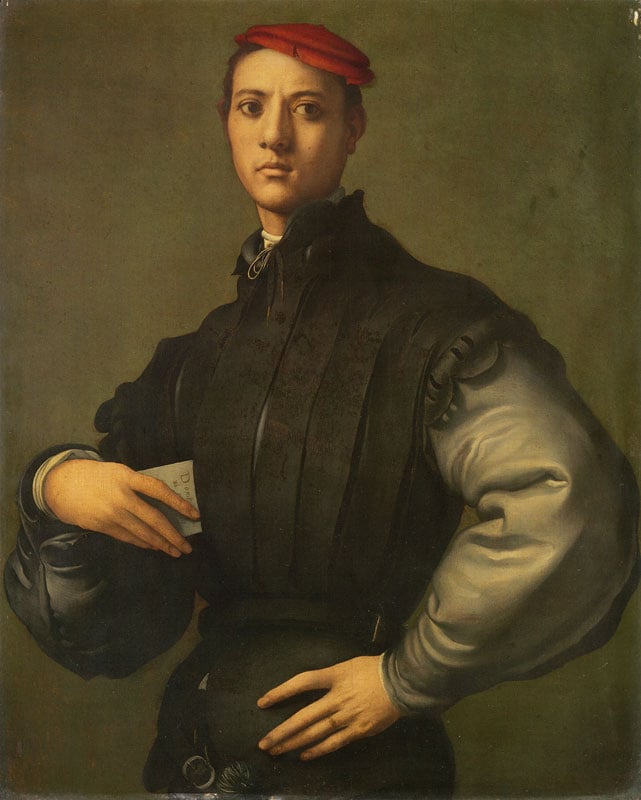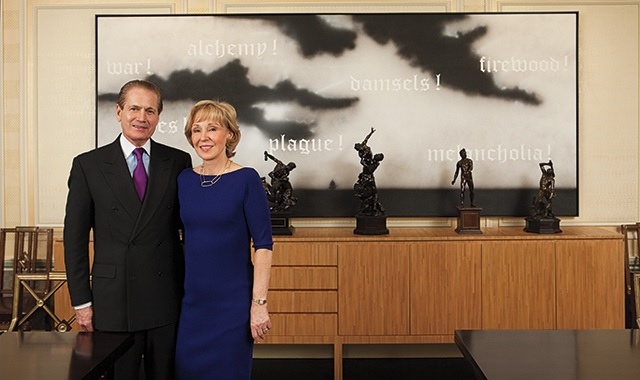Market
Brexit Economic Slump Scuttles National Gallery’s Effort to Buy Pontormo Painting
American collector Tom Hill is rejecting a matching offer for the artwork.

American collector Tom Hill is rejecting a matching offer for the artwork.

Sarah Cascone

London’s National Gallery has raised the £30 million ($37.35 million) needed to purchase Jacopo Pontormo’s Portrait of a Young Man in a Red Cap from American buyer J. Tomilson Hill, the billionaire vice chairman of hedge fund giant the Blackstone Group, but the fall in the value of the British pound in the wake of Brexit has put the arrangement in jeopardy.
When the sale was initially arranged in late 2015, the British currency was much stronger, but the exchange rate between the pound and the dollar dropped precipitously with last summer’s Brexit vote. If he lets the museum buy the painting, Hill would lose over $10 million on the deal.
“Mr. Hill has declined to accept the National Gallery’s offer to purchase the Pontormo, given the offer would have resulted in a material loss,” his spokesperson told the Art Newspaper. He wants the National Gallery to pay the difference.
Hill’s refusal to part with the Pontormo is in violation of the UK export system. The Export Reviewing Committee recommended the £30 million ($37.35 million) price, and is records show, according to TAN, that “the applicant confirmed that the owner would accept a matching offer” at that level.

Janine and J. Tomilson Hill III. Courtesy Janine and J. Tomilson Hill III.
As a result, the government will not grant the requested export license, meaning that Portrait of a Young Man in a Red Cap will remain in the UK, rather than going on view, for instance, in Hill’s forthcoming private museum in New York’s Chelsea neighborhood. According to Apollo, a new export application may not be allowed for a decade.
The painting, one of only 15 extant works by the artist, was previously owned by the family of the Third Earl of Caledon, who bought it in 1825. It was only attributed to the Florentine Old Master in 2008.
Upon its rediscovery, the earl’s descendants loaned the 1530 work to the National Gallery, and promised the museum it would not be sold while on loan. When Hill purchased the painting without warning in late 2015, the museum was left scrambling to stop the sale.
British culture minister Ed Vaizey placed a temporary export ban on the painting in December 2015. The government also offered the museum an unprecedented £19 million ($23.3 million) grant to make up for the loss of standard institutional tax breaks not applicable because Hill had already paid in full, including sales tax. Thanks to several extensions of the deadline and grants from the Heritage Lottery Fund and the Art Fund, the National Gallery was ultimately successful in raising the necessary funds—only to discover that it wasn’t, in the end, enough.